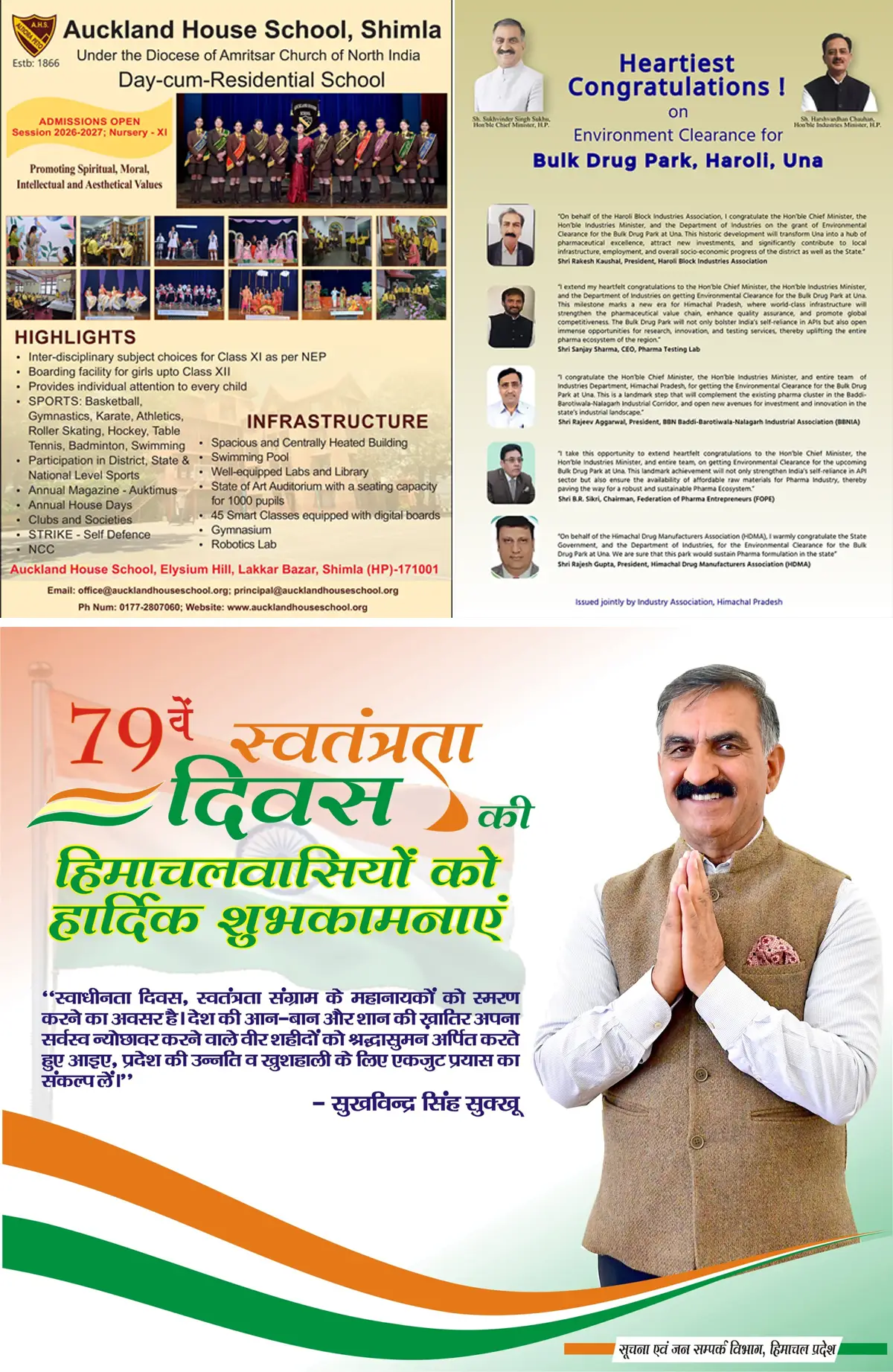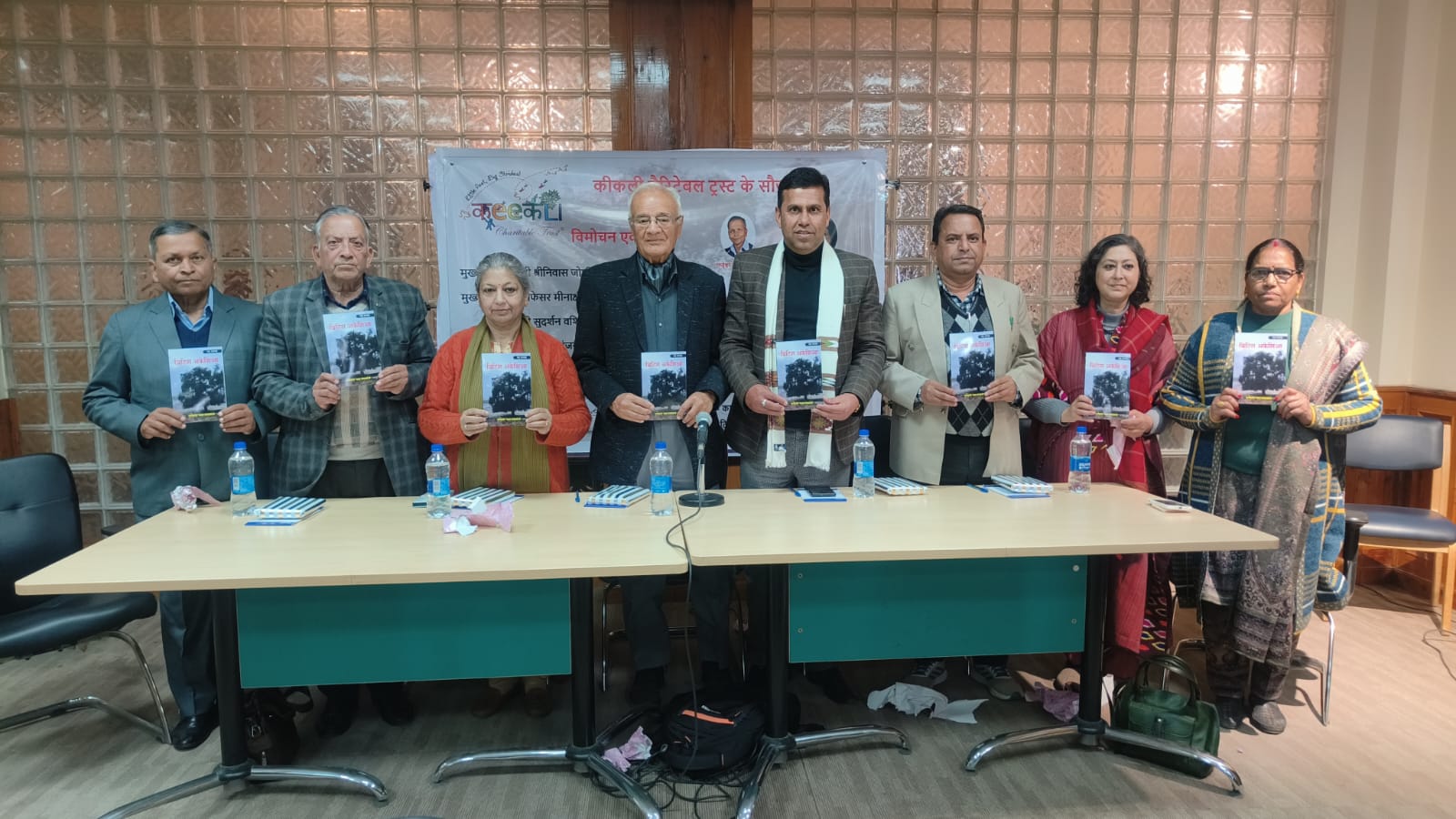Shimla Cultural Extravaganza: Wasted Opportunity or Misplaced Priorities?
2 min readShimla, Dec 12 Ritanjali Hastir
The recently concluded two-day literary and cultural festival in Shimla, the Sahithyotsav Jashn-e-Adab, promised a vibrant celebration of literature and heritage but seems to have fallen short of its potential impact. The event, graced by Padma Shri award winners and boasting an impressive lineup of cultural activities, faced challenges in reaching its intended audience and raising pertinent questions about the allocation of funds and the state of cultural appreciation among the masses.
Despite the presence of esteemed personalities like Padma Shri Surendra Sharma, Professor Ashok Chakradhar, and others, the event reportedly witnessed limited local participation. Instead, the audience was predominantly composed of event participants and their families, with noticeable vacant chairs. This raises concerns about the event’s effectiveness in engaging the wider community and fostering a connection with cultural roots.
One of the major aspects that need scrutiny is the allocation and utilization of funds. The festival, spanning thirteen years and having covered eleven Indian states, seemingly had a generous budget, evident from the abundance of sponsorships. However, the disconnect between the event and the local audience suggests a failure in the effective utilization of these funds. Was the sponsorship strategy flawed, or was there a lack of concerted efforts to market the event to a broader population?
The timing and scheduling of the festival also come into question. Did the organizers consider the preferences and schedules of the local community, or was the event planned merely for the sake of fulfilling formalities? A critical examination of these factors is crucial to understanding whether the event was genuinely aimed at enriching the cultural fabric of the region or if it was a superficial attempt to check boxes.
The low turnout raises another pressing issue – the changing dynamics of entertainment consumption. The shift towards digital platforms for information and entertainment is undeniable, but it also poses a challenge for live events. Are people losing interest in live performances, or is there a failure on the part of event organizers to adapt to evolving preferences?
In the midst of these questions, it is essential to explore the role of the government in organizing such events. Was the literary and cultural festival a well-thought-out initiative to nurture cultural appreciation, or was it merely a bureaucratic exercise to spend allocated funds? The taxpayers deserve transparency regarding the purpose and outcomes of such cultural initiatives.
In conclusion, the Sahithyotsav Jashn-e-Adab cultural festival in Shimla presents a case study on the potential mismatch between allocated funds, event planning, and audience engagement. A critical examination of these aspects is necessary to determine whether such initiatives genuinely contribute to the cultural enrichment of society or if they risk becoming extravagant yet hollow endeavors.






